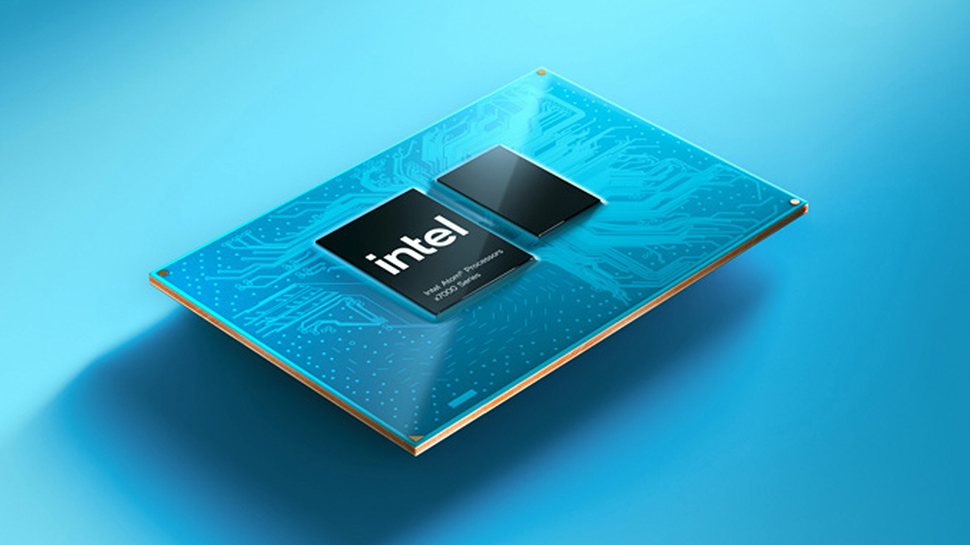Intel quietly launched mysterious new AI CPU that promises to bring deep learning inference and computing to the edge — but you won't be able to plug them in a motherboard anytime soon
Intel's new Atom x7000RE chips are available now

Intel has launched a new AI processor series for the edge, promising industrial-class deep learning inference. The new ‘Amston Lake’ Atom x7000RE chips offer up to double the cores and twice the higher graphics base frequency as the previous x6000RE series, all neatly packed within a 6W–12W BGA package.
The x7000RE series packs more performance into a smaller footprint. Boasting up to eight E-cores it supports LPDDR5/DDR5/DDR4 memory and up to nine PCIe 3.0 lanes, delivering robust multitasking capabilities.
Intel says its new processors are designed to withstand challenging conditions, enduring extreme temperature variations, shock, and vibration, and to operate in hard-to-reach locations. They offer 2x SATA Gen 3.2 ports, up to 4x USB 3.2 Gen 2 ports, a USB Type-C port, 2.5GbE Ethernet connection, along with Intel Wi-Fi, Bluetooth, and 5G platform capabilities.
Embedded, industrial, and communication
The x7000RE series consists of four SKUs, all suitable for embedded, industrial, and communication use under extended temperature conditions. The x7211RE and x7213RE have 2 cores and relatively lower base frequencies, while the x7433RE has 4 cores, and the x7835RE has 8 cores with higher base frequencies.
All four SKUs support a GPU execution unit count of either 16 or 32, and Intel's Time Coordinated Computing and Time-Sensitive Networking GbE features. The x7000RE offer integrated Intel UHD Graphics, Intel DL Boost, Intel AVX2 with INT8 support, and OpenVINO toolkit support.
Intel says the chips will allow customers to easily deploy deep learning inference at the industrial edge and in smart cities, and “enhance computer vision solutions with built-in AI capabilities and ecosystem-enabled camera modules” as well as “capture power- and cost-efficient performance to enable latency-bounded workloads in robotics and automation.”
More from TechRadar Pro
- Intel bets on a secret weapon to beat AMD in some AI workloads
- Intel unveils 288-core Leviathan 5th-gen Xeon CPU
- Intel could move away from regular CPU releases
Are you a pro? Subscribe to our newsletter
Sign up to the TechRadar Pro newsletter to get all the top news, opinion, features and guidance your business needs to succeed!

Wayne Williams is a freelancer writing news for TechRadar Pro. He has been writing about computers, technology, and the web for 30 years. In that time he wrote for most of the UK’s PC magazines, and launched, edited and published a number of them too.